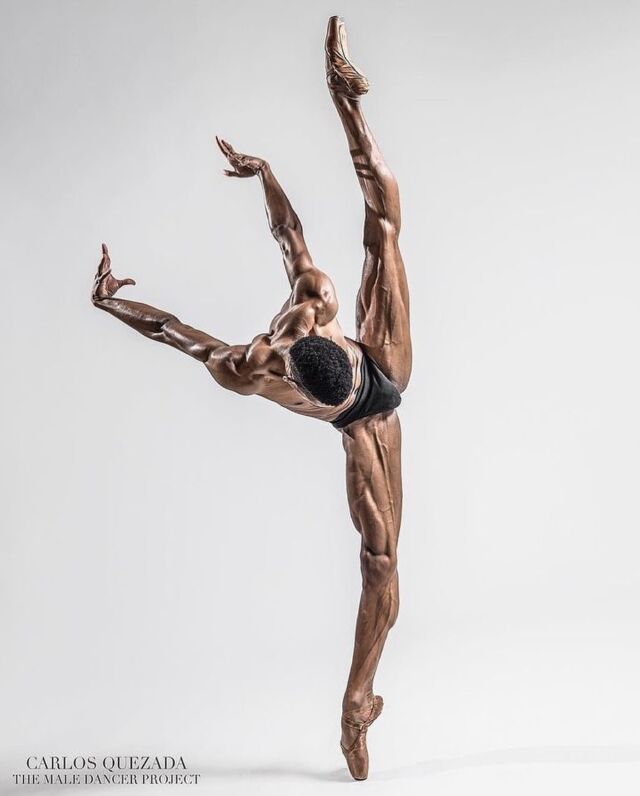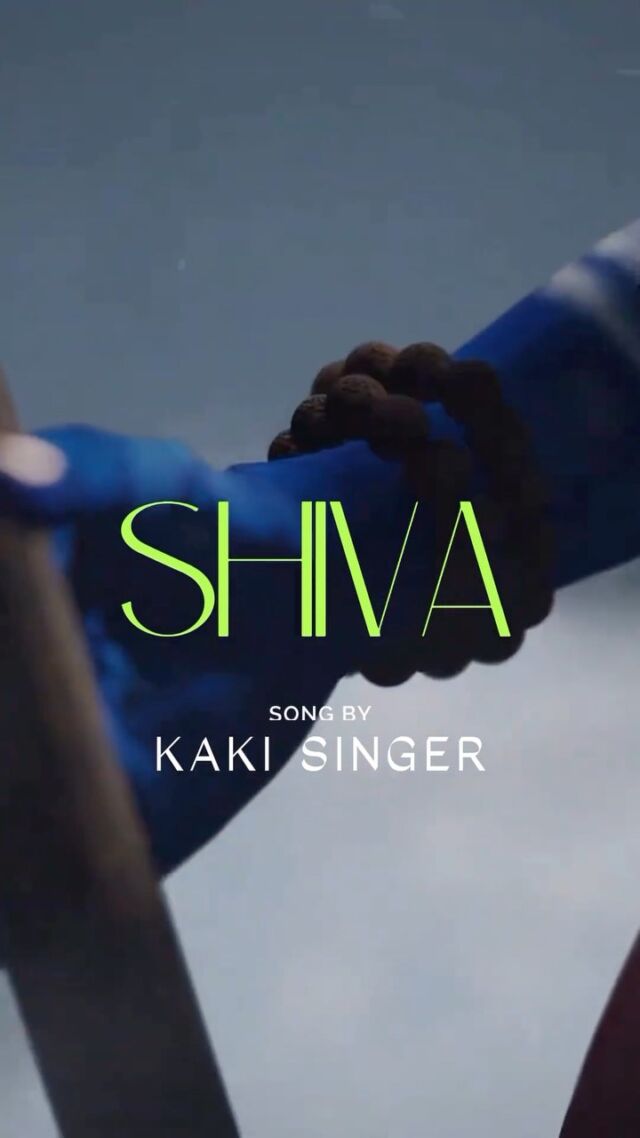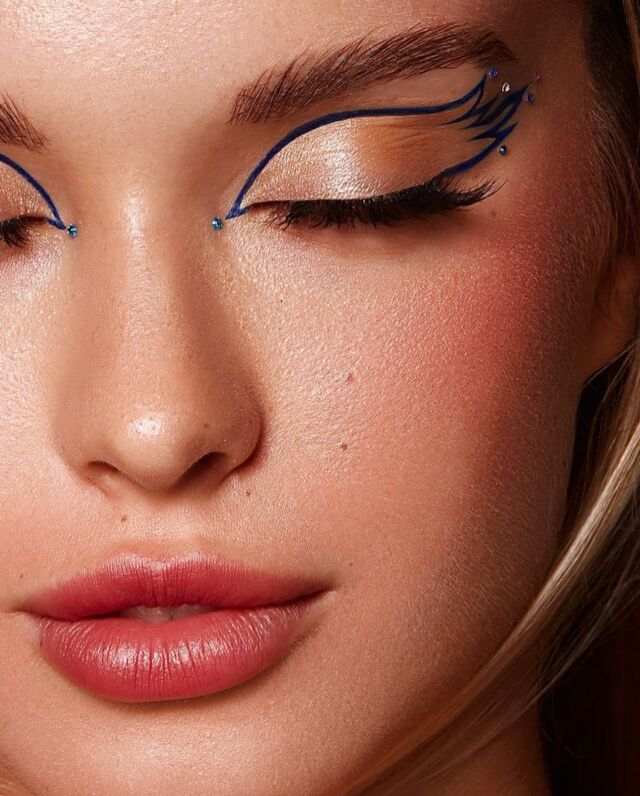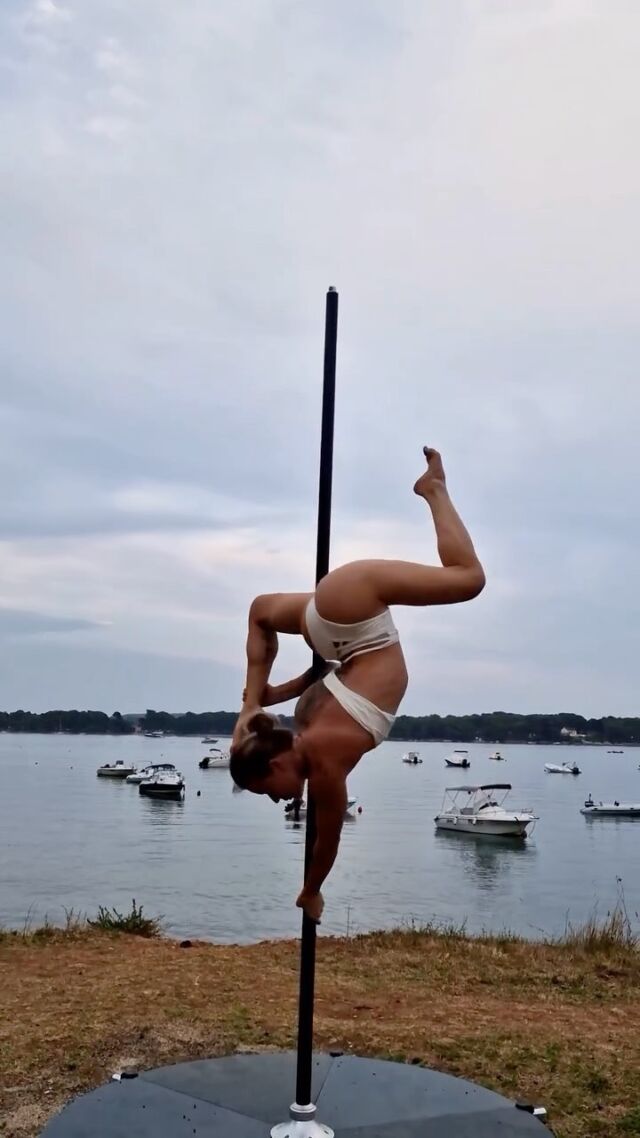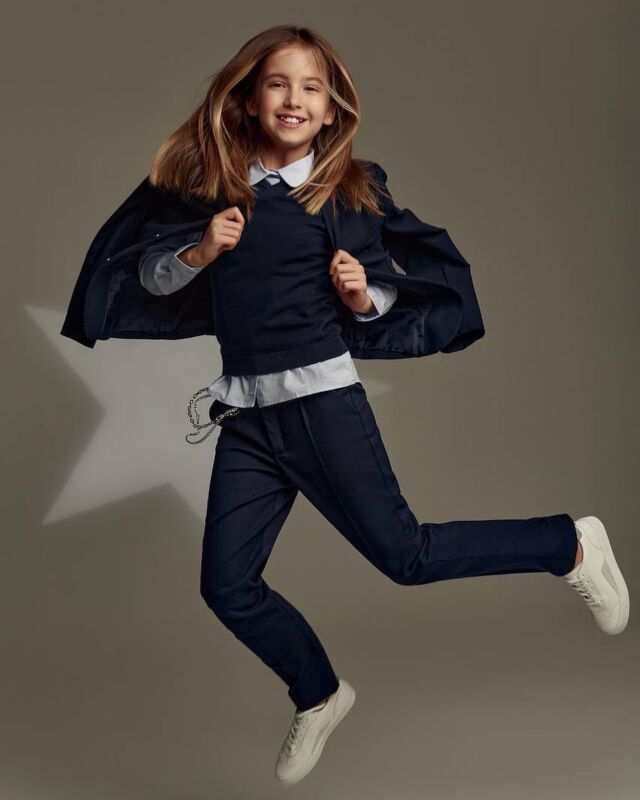As we look toward the summer, I’ve started to think about new shoes, like a nice pair of sandals or some of the cute block heels I’ve seen on the subway. My office is business casual. But I can’t get past the idea of displaying my toes in the office — it just feels wrong. How much toe cleavage is too much? Can you get the dogs out around the water cooler? — Sarah, New York
In the spring, a person’s fancy turns to thoughts of … open-toe shoes! Sandals, Birkenstocks, mules — any footwear that allows your feet, trapped for months under layers of socks and boots, to breathe a little. To feel the breeze on your bare heels and toes is to know that warmer times have arrived. Yet feet also trail a host of associations, stereotypes and prejudices.
Indeed, when it comes to the scale of fraught body parts, feet rank pretty high. They have been revered and hated throughout history — a symbol of both our rootedness and our desire to escape it, of humility, hard work and eroticism.
Pablo Neruda wrote odes to feet. Dr. Seuss wrote a whole book about them (sample snippet: “In the house and on the street how many, many feet you meet!”). In certain eras they were the rare visible bit of skin, which has imbued them with all sorts of powers, sexual and otherwise. Hence the term “toe cleavage.”
There’s a reason the royal family still hews to the rule of no open-toe shoes on major public occasions. There’s even an official name for a condition in which someone has an extreme aversion to feet: podophobia.
As a result, the matter of just how much to bare is, as with other body parts, not without its intricacies. Especially in the workplace.
An ad hoc survey of colleagues produced results clustering on two extremes: those who were utterly sanguine about the idea of visible toes and heels at work and those who were horrified at the mere suggestion.
Still, there are no official rules about shoes in the workplace. The Occupational Safety and Health Administration has no official policy about wearing sandals in an office environment, a fact that has spawned its own advocacy group, Barefoot is Legal. That means that, given the opaque diktats of most dress codes, the vague label of “appropriate” applies, leaving it up to the individual to interpret the term.
Context matters. Presumably in warmer climes, more casual workplaces and some parts of Silicon Valley, sandals are standard footwear. In the more traditional bastions of law, finance and government, not to mention urban environments where simply stepping onto the street can seem like stepping into a dust bin, sandals may cause a kerfuffle.
So does the kind of shoe you choose. A tasteful sling-back (the kind favored by the Vogue editor Anna Wintour) conveys a different message than an athletic slide, which sends a different signal than a low-cut stiletto. The accessory frames the exposure.
Everyone did agree, however, that if you are going to let out your feet at work, you must take responsibility for their emergence and make them fit for public consumption. Which at the very least means pedicures — and paying attention not just to nails, but also to the oft overlooked heels.
Whatever kind of shoes you decide to wear to work, do keep them on. Baring toes and heels may be a right, but baring your sole is probably a step too far.
Your Style Questions, Answered
Every week on Open Thread, Vanessa will answer a reader’s fashion-related question, which you can send to her anytime via email or Twitter. Questions are edited and condensed.







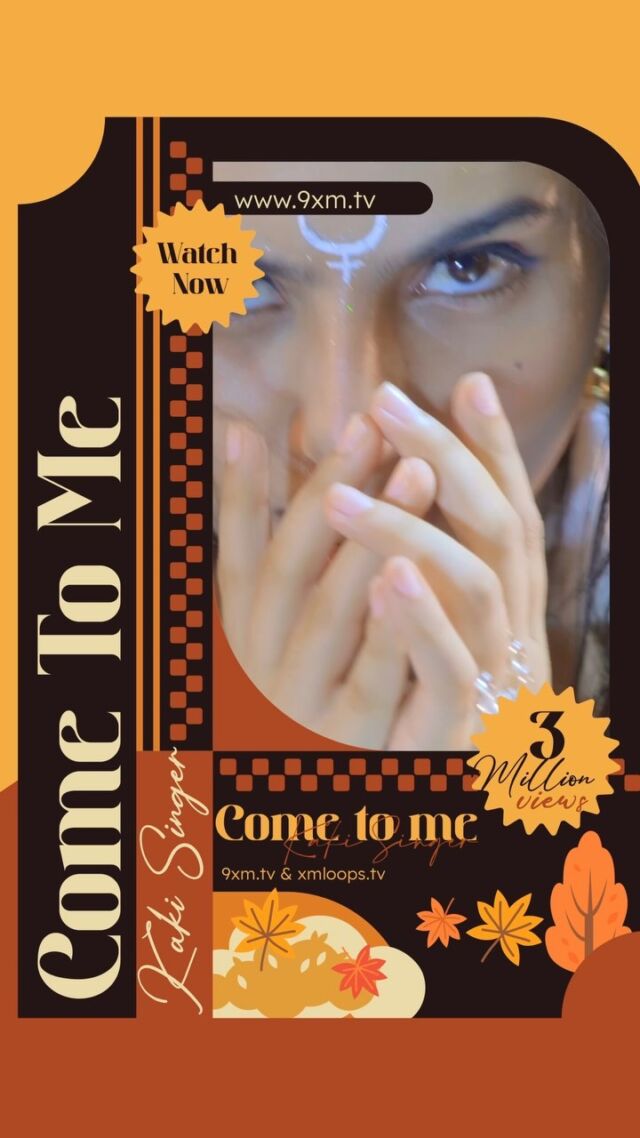


![Growing up learning Indian Classical Music, I’ve developed a deep appreciation for diverse musical genres, and techno is definitely one that has captured my interest. Got inspired to write this track by blending the beautiful melodies of Hindustani classical, particularly Raag Bhairav, with the beats of techno. Excited to share this fusion with you all!
Music by @miladzki
Check it out and vibe with me! 🎶✨
[ techno, newmusic, fusion, indianclassicalmusic, techno, music, kakisinger ]](https://talentsofworld.com/wp-content/uploads/wp-social-ninja/instagram/9xm.tv/18327743320185528_full.jpg)
![Listen to this Version of Dil Kho Gaya
Original Song From the Movie Dil.
Anand-Milind, Udit Narayan, Anuradha Paudwal sung this song
Music by Anand-Milind
Hope you guys like this Rendition of the Classic Song by Kaki Singer.
Like, Share & Comment.
[ Dil, Dil kho Gaya, old songs, Classic Bollywood, old song covers, retro songs, indian old songs, old hindi songs, melodies, kaki singer, Indian singers ]](https://talentsofworld.com/wp-content/uploads/wp-social-ninja/instagram/9xm.tv/17999564600299237_full.jpg)
